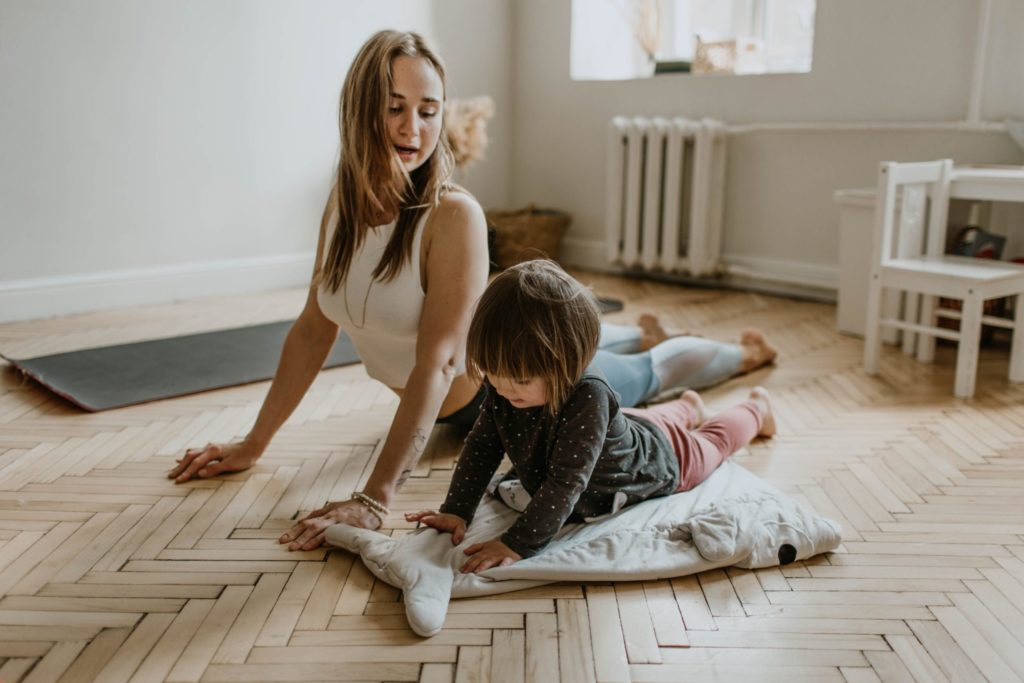We understand at this time exercise might be a concern to you and how to stay active while at home and away from people who might be sick. We have a few ideas to try at home and only if you are able to perform these exercises.
As always if you are ever unsure if you should exercise or try any new exercise routines consult your doctor for specific guidelines to follow. We want you to stay healthy and safe during this time and these exercises are designed to try and do so. If you ever feel lightheaded or weak please stop exercising immediately. Sit down and if necessary, consult your doctor or ask for help from your caregiver, spouse, etc.
Getting regular exercise and maintaining your mobility benefits your health in many ways:It strengthens your heart and lungs, lowers your risk for heart disease and stroke, strengthens and tones your muscles, lowers blood pressure and cholesterol levels, helps you lose extra weight, Improves sleep, relieves stress, improves balance, may help prevent certain cancers, and may even help slow bone loss.
Exercise and physical activity include four basic categories—endurance, strength, balance, and flexibility. Most people tend to focus on only one activity or type of exercise, however each type is different. Slowly working at doing them all will give you more benefits. Mixing it up also helps to reduce boredom and reduce your risk of injury.
Endurance, or aerobic, activities increase your breathing and heart rate
- Brisk walking or jogging or even light jogging in place in your home
- Yard work (mowing, raking, digging)
- Dancing (can be done inside your home)
Strength exercises make your muscles stronger. They may help you stay independent and carry out everyday activities, such as climbing stairs and carrying groceries.
- Lifting weights (even using things like magazines, or other household objects can be enough weight to get started)
- Using a resistance band
- Using your own body weight
Balance exercises help prevent falls, a common problem for many adults
- Standing on one foot
- Heel-to-toe walk
Flexibility exercises stretch your muscles and can help your body stay limber.•
- Shoulder and upper arm stretch
- Calf stretch
- Yoga
If you haven’t been active for a long time, it’s important to work your way up over time. Start out with 10 minutes at a time and then gradually build up.
- Additional ways to stay active and exercise at home
- Take water bottles or canned soups to use as weights and complete weight- lifting activities like you would at the gym such as: bicep curl, triceps curls, etc.
- Try to work the core muscles with exercises such as: planks, sit ups, pushups, knees to the chest (while sitting down on the couch for stability)
- Use the stairs to add cardio to your routine (Please only perform this exercise if you do not have any stability or balance issues. We do not want anyone to fall) Use the stairs to do a step- up routine. Step up on one stair while holding the side rails to avoid a fall. Then step up to the same stair with the other foot. Then step back one foot at a time and repeat.
- If you have any cardio equipment set a routine to try to get at least 15 -20 minutes in a day. Such as a rowing machine, stationary bike, or treadmill.
- If you are in an environment where you can get out to get fresh air go outside to your backyard and walk the parameter a few times. (Be sure to stay away from anyone that might be sick and maintain the recommended social distancing)
- If you cannot walk in area at your home and away from people, try to walk inside the front of your house to the back of your house and repeat until you reach your goal time.
- While watching Television try standing up from the couch and then sit back down in a sitting position. This will help you exercise your leg muscles, abdominal muscles, even arms if you need to use the sides of a stable couch to assist yourself while rising up from the couch. (Please only perform this exercise if you do not have any stability or balance issues. We do not want anyone to fall)
- While in the kitchen stand and hold the counter for balance and try to perform heel to toe exercises this will help exercise your leg muscles
- Watch an at home exercise routine on the tv (check your local listings or cable channels for these types of videos)
- Try to exercise with routines such as yoga, Pilates, or even if you have access to the internet, you could try to searching additional at home workout routines.
- See the handouts provided with specific exercises included
Frequently Asked Questions:
Am I too old to exercise?
You’re never too old to exercise! Anyone at any age can benefit from regular exercise. However, as you get older, your body’s capabilities and limitations may change, and it becomes increasingly important to pick safe exercises that suit your unique situation.
Should I talk to my doctor before exercising?
Yes. It is always recommended that you talk with your doctor before beginning a new exercise program. Your doctor knows your medical history and may be able to provide guidance and things that you should avoid or focus on.
What if I feel pain while exercising?
You should stop an exercise if you feel pain while doing it. Pain is your body’s way of telling you that what you are doing is not working for it. You may be doing the movement too fast, incorrectly, or with too much weight, or the exercise may be putting stress on a bone, joint, or muscle that your body cannot cope with, in which case you may have to find a different exercise.
How often should seniors exercise?
Ideally you should exercise 4-5 days per week for 20-40 minutes. Some people prefer to exercise fewer days per week for a longer duration, i.e. 3 days a week for 60 minutes which is also fine. Generally, if you exercise only once or twice a week you will see less results, if any. Proprietary & Confidential for Internal use only



